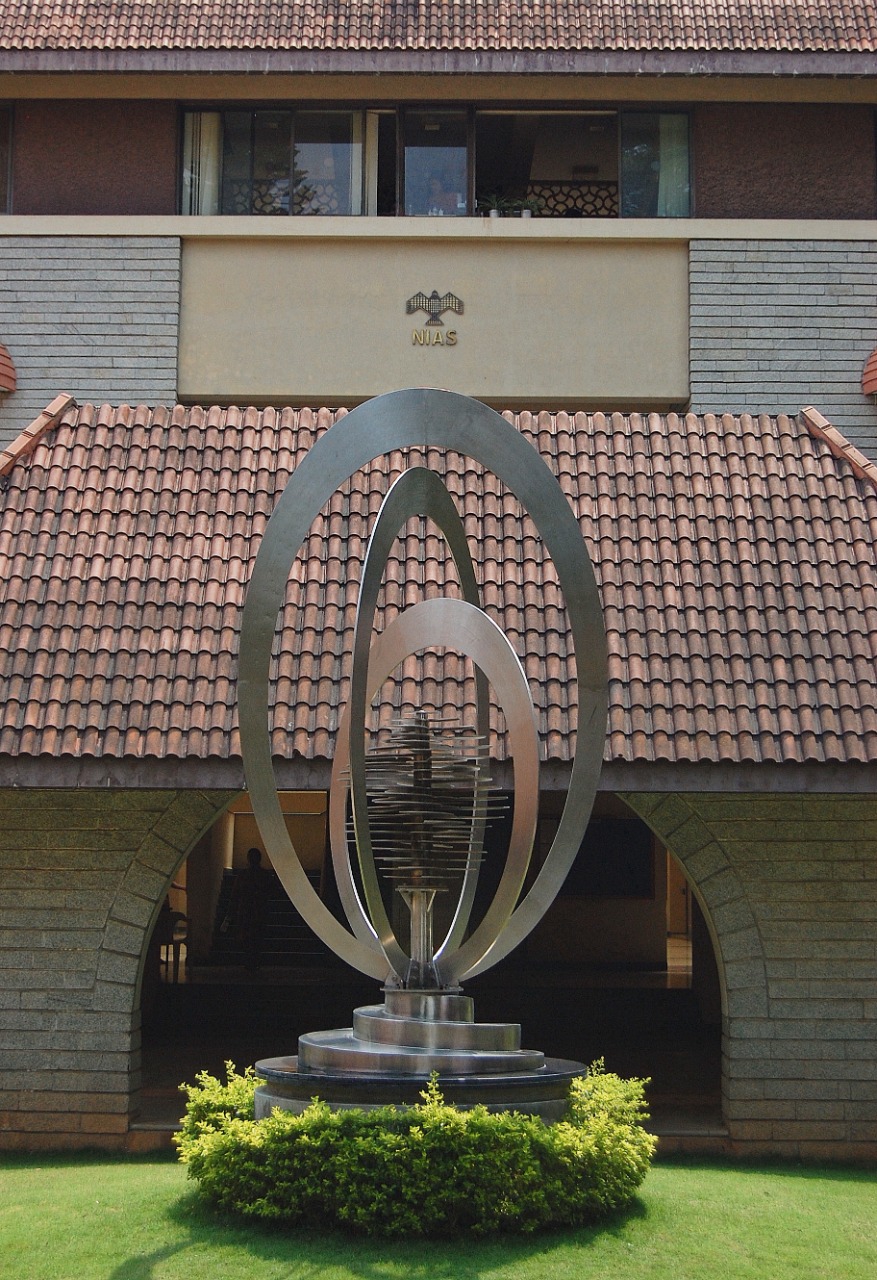
A launch of the Shaheen II (Hatf-VI) ballistic missile was carried out by the Pakistan Army Strategic Forces Command on 13 November 2014. What is significant about this launch is that it is taking place after a gap of nearly six and half years. The last announced Shaheen-II launch had taken place on 19 and 21 April 2008. The range claimed in those flights was higher at 2000 km.
A related issue is that the launch was conducted over the Arabian Sea and the Notice to Mariners/Airmen issued in advance identified missile launch window and the coordinates of the impact zones. With the available information from open sources an analysis is carried out of this flight and where relevant comparison is carried out with the launch of April 2008.
Discussion
Based on available information, it would appear that the Shaheen-II launched on 13 November 2014 performed a successful flight. The Shaheen-II flight occurred after a gap of 6.5 years. The range of 1500 km indicated in the press release fits with the announced impact zones. The following questions come to mind:
- It is quite likely that the design range of the missile is only 1500 km. NAVAREA warnings for the 2008 flights are non-existent and therefore of it can be surmised that these flights were carried overland from Tilla Range. The 2000 km range claimed for these flights could therefore be overstated.
- If this is so, our estimate of the propellant and inert mass of the stage motors should also be wrong. If the propulsion parameters are overestimated by us, it would mean either a) the diameter of 1.4 m of the missile is in error or b) the design is not very efficiently carried out.
- Alternately, the propulsion parameters derived are nearly correct and the actual range of the missile is approximately 2133 km. A lofted trajectory was attempted in the November 2014 flight to get a lower range.
- Accepted practice is to qualify a missile system for its nominal performance. What is the reason therefore for trying a lofted trajectory, in a developmental mission, especially as there is no range constraint?
- The long interval in the resumption of the Shaheen-II flight is indicative of a major technical issue, which may have taken time to resolve.
- The possibility of technical problem is corroborated by a recent report emanating from Hong Kong.
- Shaheen-II, unlike the other missiles in the Pakistani arsenal is a two-stage system. Design and performance issues could arise in respect of : (a) sequencing of staging events, (b) transfer of control at the end of first stage burn, (c) vehicle bending modes and structural design, (d) management of vehicle vibration – e.g. issues relating to control system/structure interaction, (e) thermal management of reentry heating to name a few. If the April 2008 flights had brought out any such inadequacies, the planning of the corrective action required, its realization and implementation could explain the long timespan in the resumption of the missile flight. It is possible that remedial action has not reflected in changes to the overall configuration and dimension and therefore is not discernible in the images of the flight vehicle.
- The changes may however, have impact on the inert mass of the vehicle and the throw weight, thus impacting the performance.
- Procedural issues, lack of priority or financial/resource constraints could also be causative factor for the delay.
In short, the long time gap can only be explained assuming that the Shaheen-II flight of April 2008 exhibited some major anomaly in one or more of the subsystems (e.g. issues relating to staging, control, vehicle flexibility and coupling effects, reentry thermo-structural) and it has taken Pakistan a long time to diagnose, correct (perhaps with Chinese help) and qualify the corrective measures. The corrective measures in turn may have impacted on the inert mass and consequently on the performance. Additionally, if the PSAC has also been incorporated, the development and qualification of such a system would have taken up time, besides adding mass to the missile throw weight.
Conclusion
The Shaheen – II flight. Of 13 November 2014 is analysed. A launch location west of Somniani range is identified and corroborated with assessment of the historical images. The flight over open areas of the Arabian Sea seems to be a logical outcome after the failure of Ghauri flight launched over land in November 2012. The range of the missile has been simulated and matched with the impact location given in the NAVAREA IX warnings. Though a lofted trajectory simulation shows good match with the known impact locations, reasons for justifying such a trajectory is elusive. Reasons for the long gap are difficult to explain in the absence of confirmatory data and can only be speculated to be a combination involving technology issues, correction, requalification and use of PSAC as well as availability of resources and priorities.
